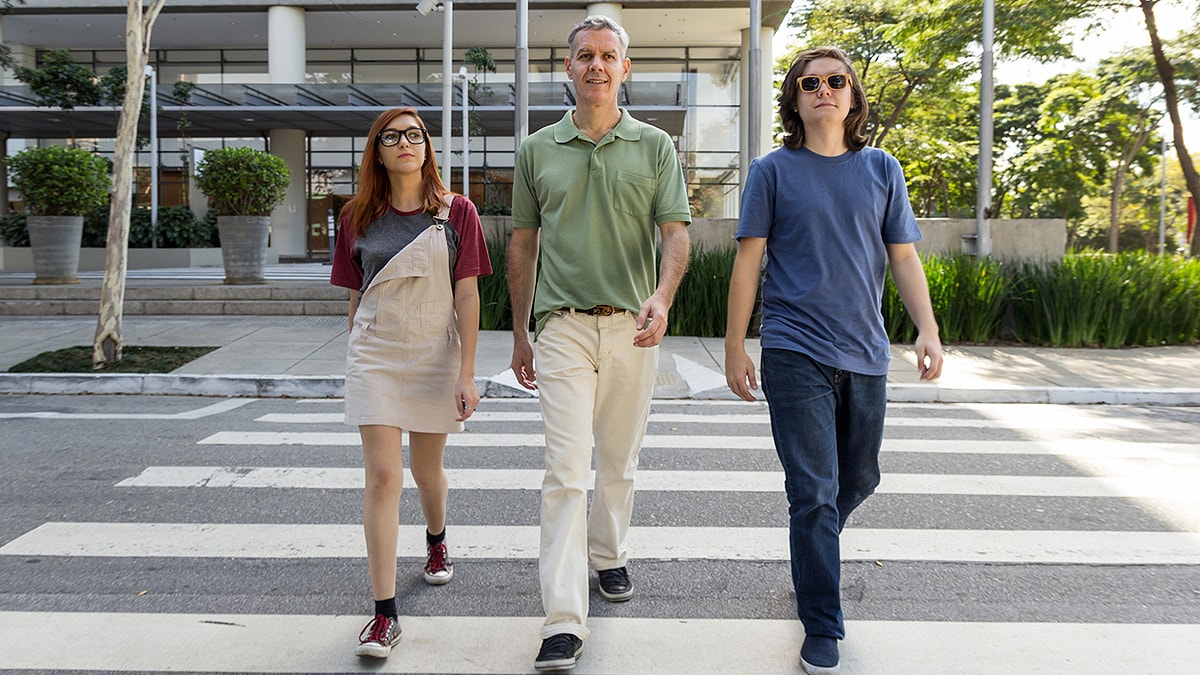Key points
- Alcohol is the most common drug used by younger than 21 in the United States.
- Young people who drink alcohol are more likely to develop certain physical and mental health conditions.

Effects of underage drinking
Alcohol is the most common drug that young people use in the United States.3
Young people who drink alcohol are more likely to engage in risky behaviors that can lead to injuries and other health conditions. They're also more likely to experience social, academic, and legal issues.
Social, academic, and legal issues:
- More school absences.
- Lower grades.
- Drinking and driving, which puts the safety of those who drink—as well as those around them—at risk.
- Misusing prescription drugs or using illicit drugs—there can be serious health effects when using these drugs with alcohol.
Physical and mental conditions:
- Violence, including homicide, suicide, and sexual violence.
- Injuries including alcohol-related motor vehicle crashes, burns, falls, or drowning.
- Not growing as expected.
- Slower brain development—which may cause problems with memory.
- Sexually transmitted infections (STIs), HIV, and unplanned pregnancy—which can result from sex without protection.
- Protection includes using condoms or taking medicine to prevent STIs, HIV, or pregnancy.
- Protection includes using condoms or taking medicine to prevent STIs, HIV, or pregnancy.
Lastly, people who start drinking earlier in life have a higher risk of developing alcohol use disorder later in life.
What the data show
Adult alcohol use can increase underage drinking
Adolescents tend to drink if the adults around them drink or binge drink alcohol.
For example, a study showed that adolescents whose parents drank 5 or more days in a month were significantly more likely to drink alcohol than adolescents whose parents didn't drink.4

Alcohol is the most common drug young people use
Also, 11% of high school students reported binge drinking during the past month.3
In recent years:
- Alcohol use and binge drinking among high school students have generally decreased in recent decades.5
- More high school girls drink alcohol and binge drink, compared to high school boys.5
- This is a shift from previous years when boys drank more than girls.5
- This is a shift from previous years when boys drank more than girls.5
Some young people also report drinking and driving
Resources
Learn more about:
- How proven alcohol policies can prevent alcohol-related harms.
- Ways to prevent excessive alcohol use by creating supportive environments that make drinking less an easier choice.
- This includes strategies that can support young people's development by reducing underage drinking.
- This includes strategies that can support young people's development by reducing underage drinking.
- The alcohol policies in your state.
- During 2020-2021.
- These costs have likely increased because of factors like inflation and increased health care and public safety costs. However, this cost estimate still provides an idea of the minimum costs of underage drinking.
- Centers for Disease Control and Prevention. Alcohol-Related Disease Impact application. Accessed March 21, 2024. www.cdc.gov/ardi
- Sacks JJ, Gonzales KR, Bouchery EE, Tomedi LE, Brewer RD. 2010 national and state costs of excessive alcohol consumption. Am J Prev Med 2015; 49:e73–e79. doi: 10.1016/j.amepre.2015.05.031
- Centers for Disease Control and Prevention. 2021 Youth Risk Behavior Survey Data. Accessed September 13, 2023. http://yrbs-explorer.services.cdc.gov/
- Bohm MK, Esser MB. Associations between parental drinking and alcohol use among their adolescent children: findings from a national survey of United States parent-child dyads. J Adolesc Health. 2023;73(5):961–964. doi: 10.1016/j.jadohealth.2023.05.028
- Hoots BE, Li J, Hertz MF, et al. Alcohol and other substance use before and during the COVID-19 pandemic among high school students — Youth Risk Behavior Survey, United States, 2021. MMWR Suppl. 2023;72(Suppl 1):84–92. http://dx.doi.org/10.15585/mmwr.su7201a10
